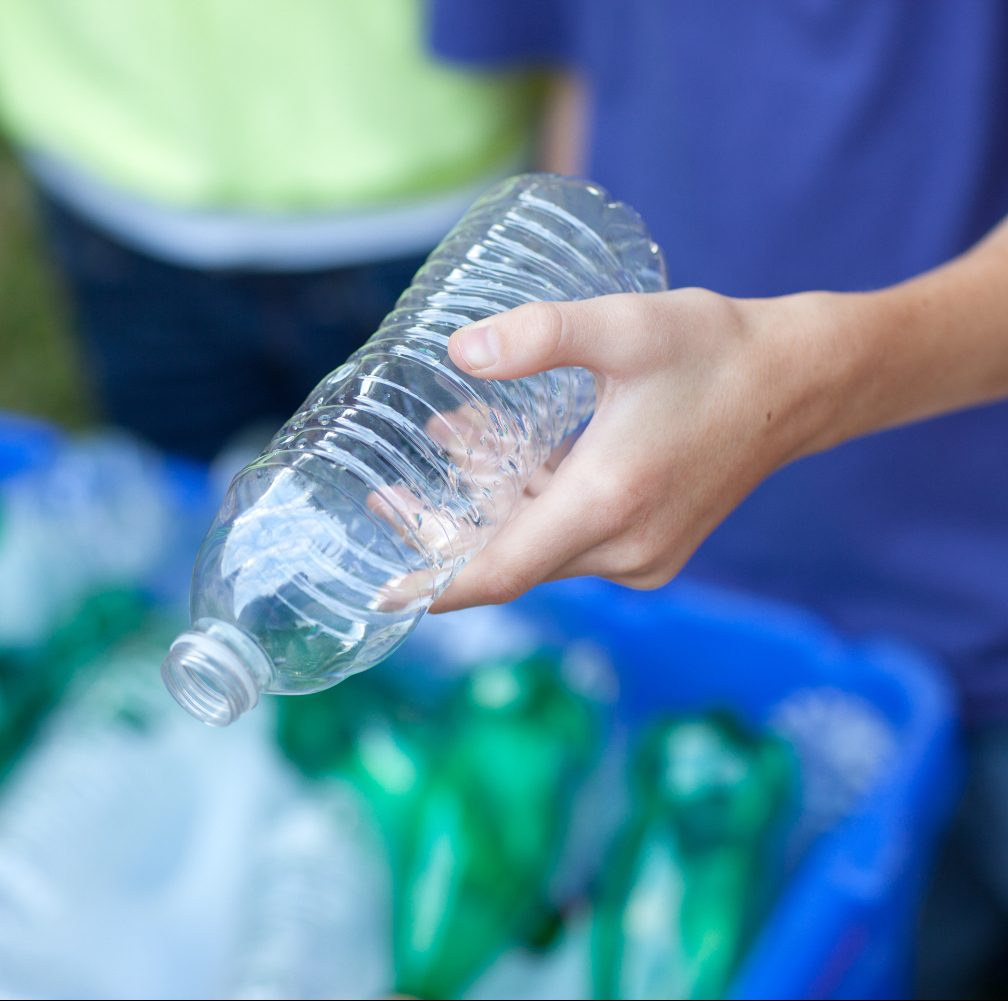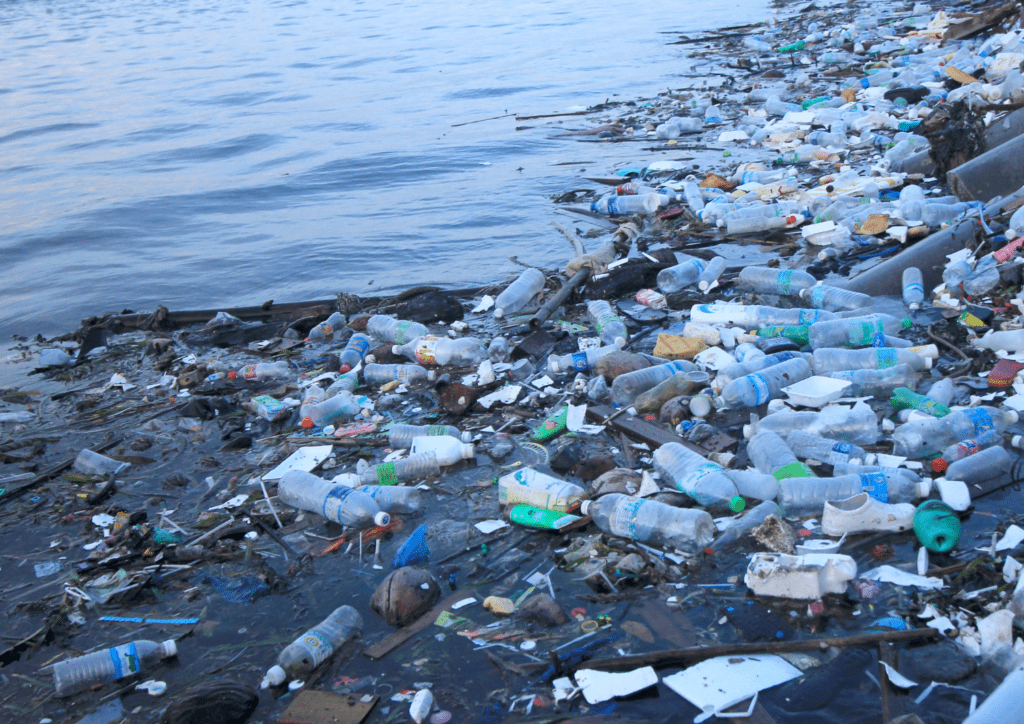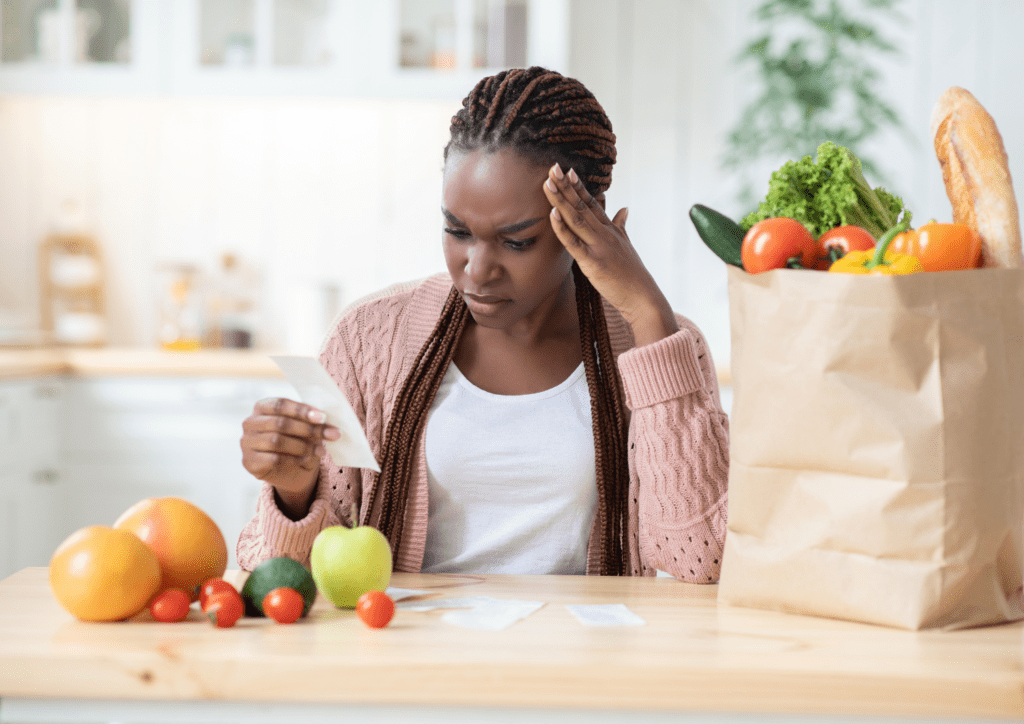On November 23rd, federal, provincial and territorial environment ministers held their annual meeting to discuss their environmental priorities. This year one of their main priorities was plastic pollution. This is good news; 88% of Canadians polled earlier this year said that they are concerned about plastic pollution.
The strategy couldn’t come soon enough. We’re desperately in need of commitments to concrete actions that will fix our broken waste management system where 89% of plastic waste doesn’t get recycled and much of it ends up in the Great Lakes.
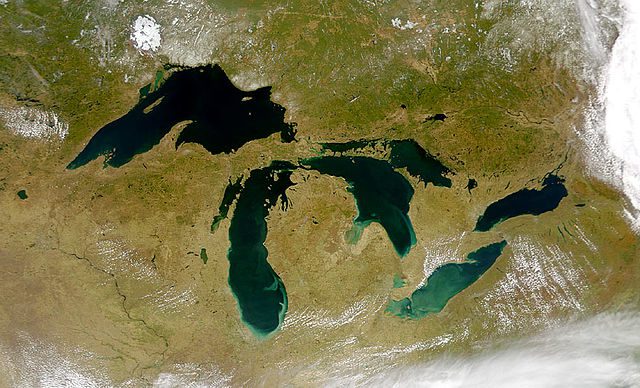
How does the national plastics strategy look?
Well, the plan checks all the boxes when it comes to its intentions: it recognizes that no plastic should end up in the environment, it highlights what a huge waste of resources it is to have so little plastic being recycled, and it commits Canada to putting an end to plastic pollution and moving toward a circular economy.
We need to move from our current “take-make-use-dispose” model where new products are made, used for an instant, and then thrown away, to a system where materials are reused over and over again.
However, unlike the European Union plastics strategy, Canada’s has no targets and doesn’t really explain how it will achieve the ambitious goals of zero waste.
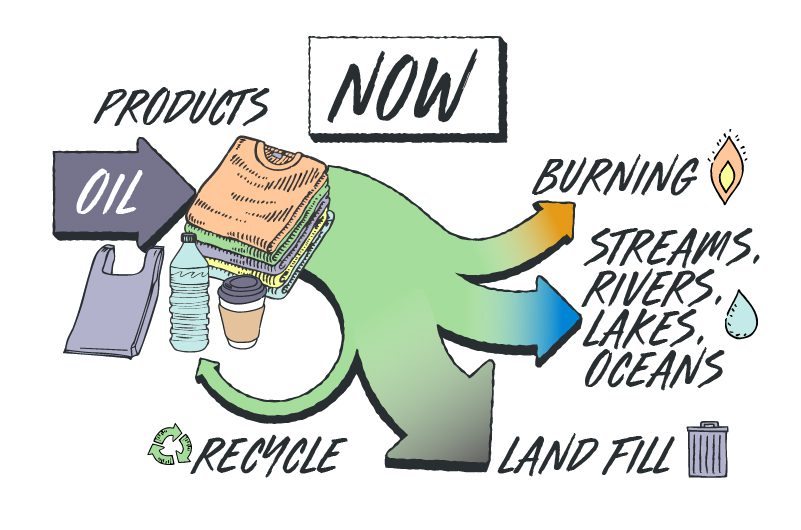
An action plan for a cleaner environment
Despite the disappointment for the lack of tangible measures, the strategy does promise a future action plan. Also, it promises that the action plan will be a collaborative effort where all stakeholders will be involved. Therefore everyone’s support is needed to secure a commitment to ambitious measures at the Federal, Provincial and Municipal levels. We urge the federal government to release a draft for consultation this winter and finalize it in the spring of 2019.
What we want to see and what we don’t want to see
As the Government puts pen to paper on an action plan that will translate the ambition of zero waste into reality, some of the things we want to see are:
- Bans on plastics that are tough to recycle and those that contain toxic chemicals (like Styrofoam containers). This would avoid toxic chemicals ending up in recycled consumers’ products (like toys);
- High minimum targets for both recycling and recycled content. This would drive the use of recycled materials in the creation of new plastic products, encouraging producers to make use of the resources that are available.
- Full extended producer responsibility (EPR), placing the financial and operational responsibility for collecting and recycling goods on the businesses that sell them, such as through deposit return programs, like the Beer Store.

Aside our positive list, we also want to avoid any nasty surprises. Some industry players will be pushing for including energy recovery as a measure for achieving zero waste. But waste recovery only means incineration, or burning waste plastics for energy – a process that has no place in a circular economy where we want materials to be reused. Incineration also contributes to climate change; it is estimated that incinerating plastics gives rise globally to around 400 million tonnes of CO2 per year.
Changing the way we manage plastics may mean making small changes in the way we live, produce and consume. We will make sure that the government is accountable and keeps its promises.
Sign the petition asking the Government for real action on plastics.



